Here is a look around the Lancaster County Farmers Market in Strafford. It’s not in Lancaster County, so I suspect the name has more to do with the origin of some of the vendors. This is a great place no matter.






Here is a look around the Lancaster County Farmers Market in Strafford. It’s not in Lancaster County, so I suspect the name has more to do with the origin of some of the vendors. This is a great place no matter.






The Stoneleigh Natural Garden in Montgomery County is a recent addition to the the Natural Lands Trust. The mansion house on the property hosted a Christmas open house on a recent weekend. Although the property is open all but Mondays, Christmas, and Thanksgiving, the house is open only for special events. This property has been used as a residence since 1877, with the current house dating to the turn of the twentieth century. The history of the property can be found here.
After entering the house you soon come to the grand staircase









I thoroughly enjoyed my visit and will focus on the exterior and grounds in upcoming posts.
Wishing everyone a Merry Christmas and a happy holiday season. Here’s a look at the Christmas Pageant at St. Davids Church in Wayne, PA. You can’t beat the combination of community spirit, cute kids, and potentially miscreant livestock. A great and inspirational time was had by all.







Here are some Christmas scenes from Phoenixville this past Saturday night.




I followed up by visiting the Luminaria display at the Lock 60 Recreation Area on the Schuykill River in Mont Clare.


I am experimenting taking some black and white images from around my local area and in my church this holiday season. This is still a work in progress. Check back for more later this month.
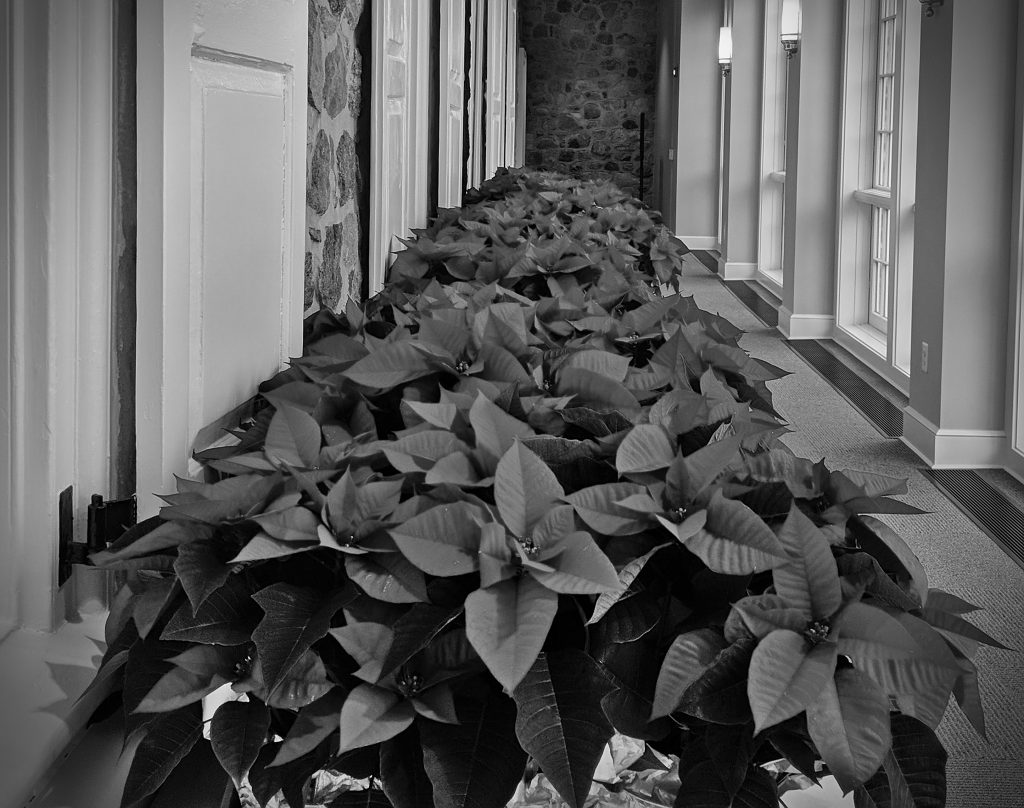
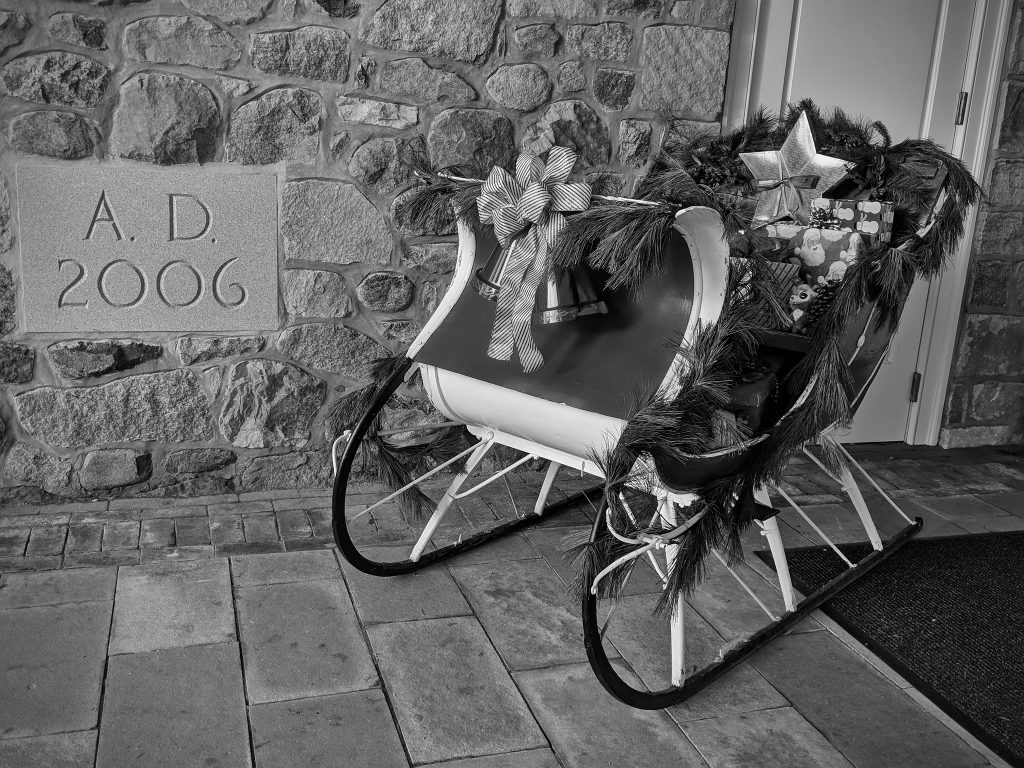
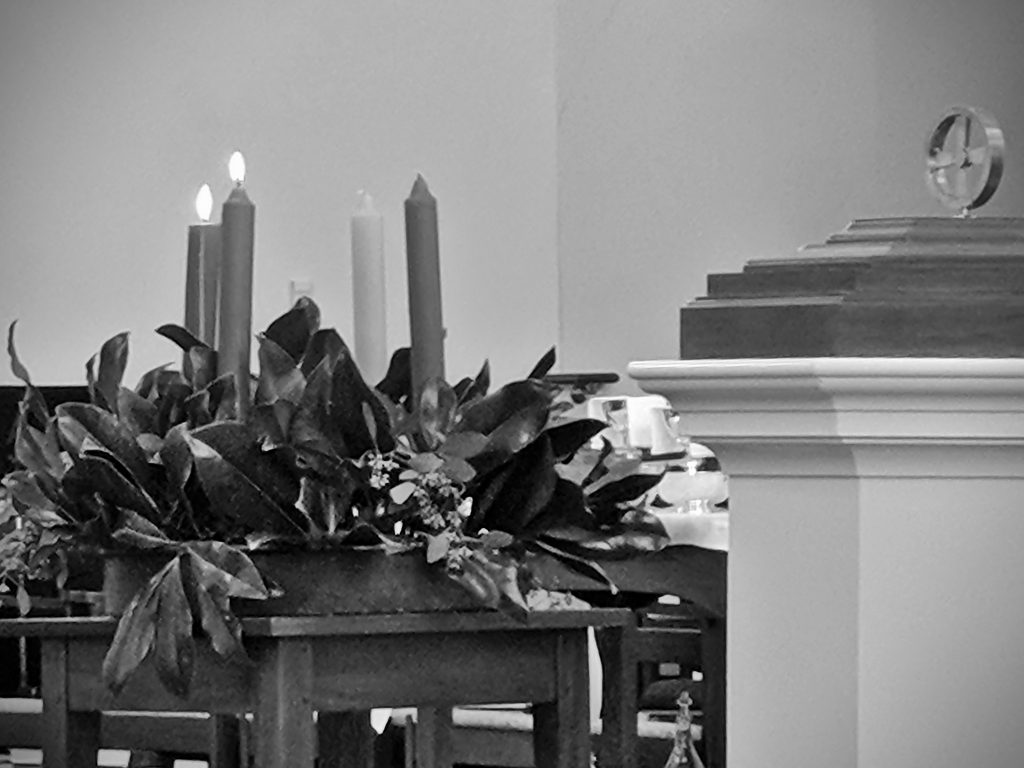
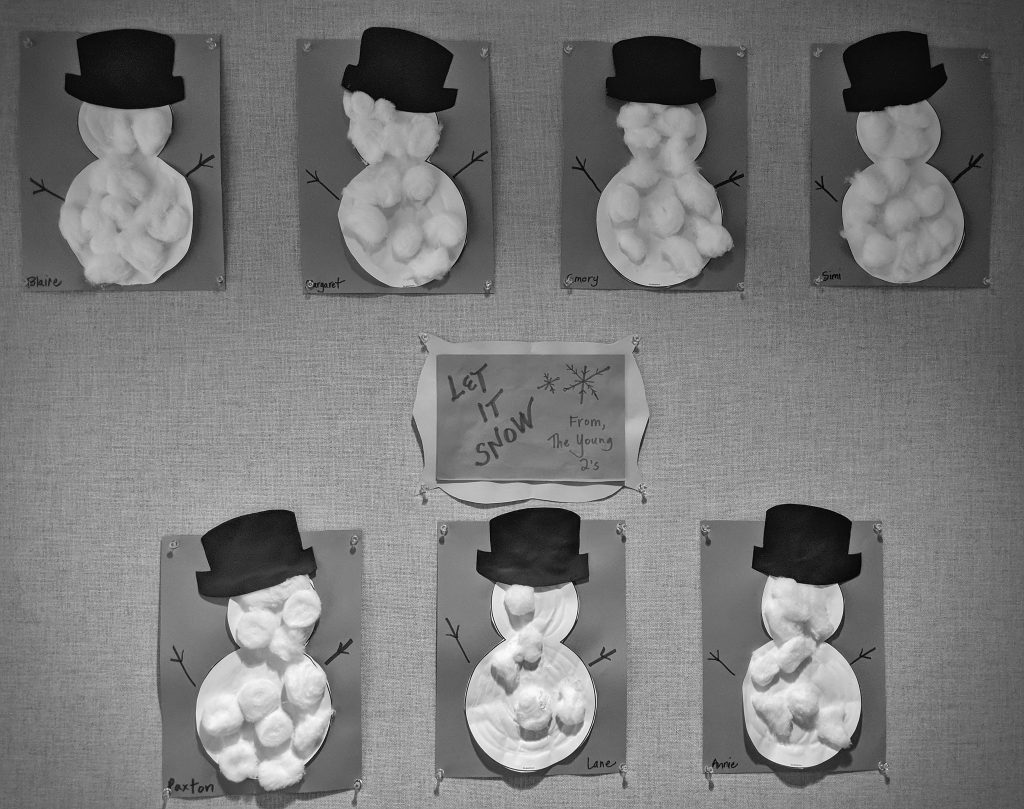
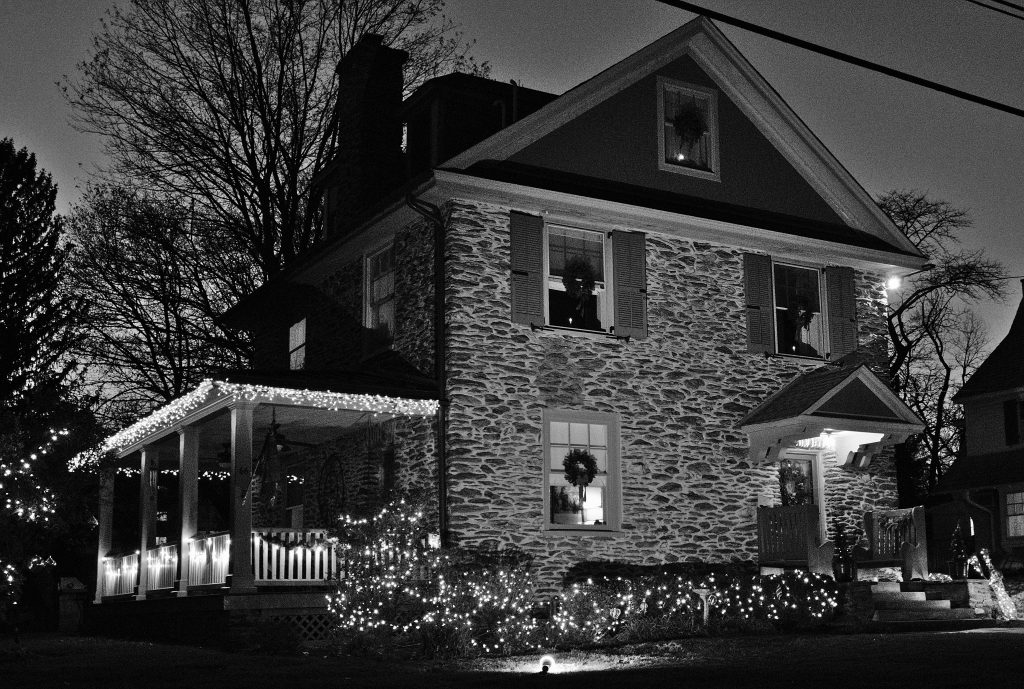
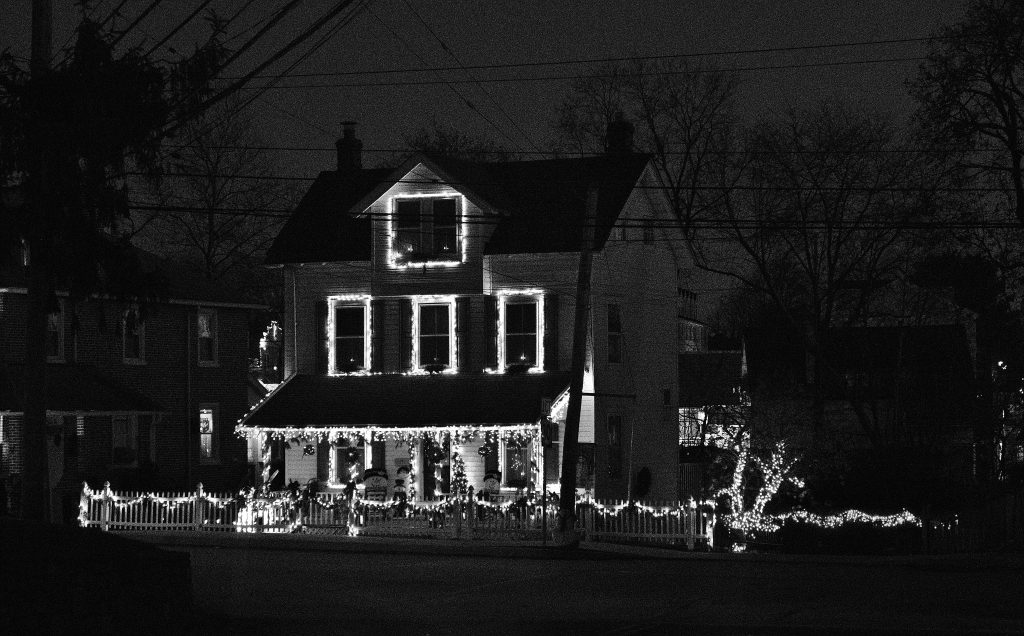
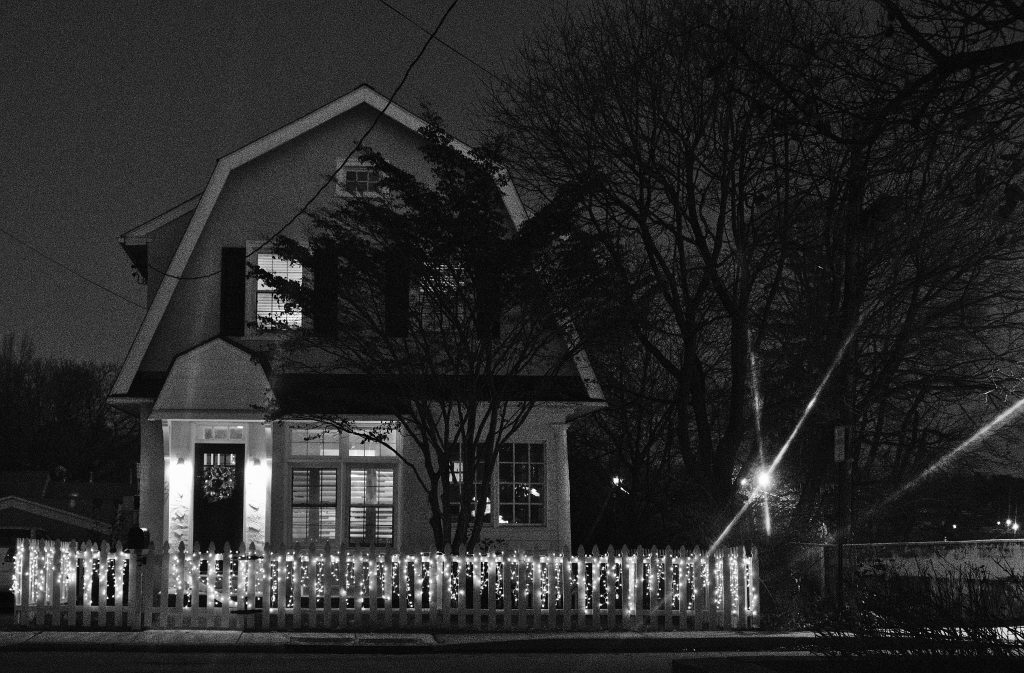
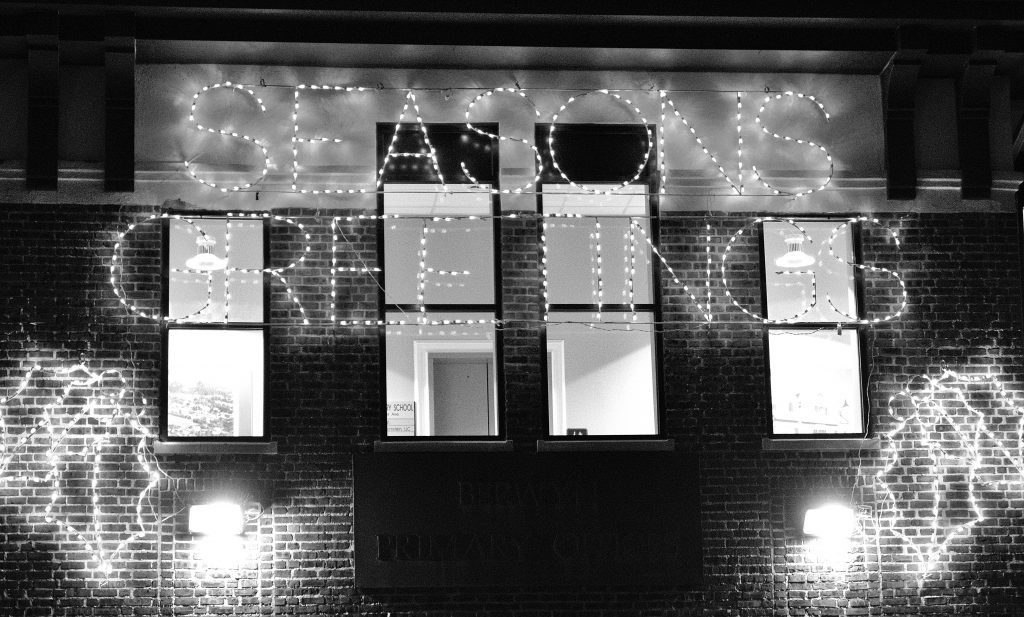
I recently took advantage of the guided tours offered to visit historic Sugartown, a preserved 19th century community located in Chester County. Sugartown is an historic crossroads community dating to 1800. It features several interesting structures such as a general store, barn, book bindery, carriage museum and period homes. The website for Historic Sugartown can be found here.
Tours run from May to November on Saturday and Sunday, and there is a fee. You are welcome to browse the grounds for free. The fee is well worth it to see the interior of the general store, the carriage museum and many vintage tools inside the barn.
I’ve included some interior photographs here that are not great but give one a sense of what these historic properties look like. The interior lighting was very dark, and I was shooting handheld without much time to adjust exposure.
The tour begins with arrival to the rear of the Sharpless Worrall house, a mid 19th century home.




Currently attached to the Sharpless Worrall House is the General Store. The store building was first constructed in c. 1805 by Joseph Waterman when he built his home and Saddle Shop next door. This building also served as a post office for area in the early 1800s.



We then proceeded outside to check out the Carriage Museum. This building was once in ruins, but was it was built on by the Malvern Fire Company to create a satellite station before becoming a museum. Collection highlights include a c. 1800 Conestoga wagon used to haul freight from Philadelphia to Pittsburgh, and a hearse used by undertaker George L. Moore of Guthriesville in the 1870s.





Tucked into the back of the Carriage Museum is a really cool dollhouse.


Across the street are several more buildings. First up is a Book Bindery, where you can sign up to take classes in the craft. The building was built in 2001 to house a world-class collection of bookbinding tools and equipment once owned by the late master bookbinder Fred Shihadeh. Today, local bookbinder, Ramon Townsend, of ColonialBindery.com, teaches a variety of workshops in the Book Bindery.


The William Garrett House was constructed on 1805 and relocated to its current position in 2001 to save it from demolition. It is an excellent example of a modified “Quaker Plan” or three-room plan so often used in homes among the Quaker community.







Nearby is the Bank Barn. Typical for Chester County, this 19th century Pennsylvania barn was constructed so that hay wagons could enter the upper level from a bank. Today, the barn preserves a rich agricultural heritage through an agricultural tool exhibit on its upper floor.





The site also features the Hannah Cheever House, dating from 1835. This property was bought and restored by Historic Sugartown to save it and the surrounding property from development.


Historic Sugartown is well worth the visit and is especially lovely in the Spring and Fall.
Adrossan Farms and the Ardrossan Estate were once part of a 800 plus acre estate in Radnor Township, Delaware County. The estate was built by banker Robert Leaming Montgomery and features 50 room Georgian revival mansion designed by architect Horace Trombauer in 1911. Parts of Ardrossan have been subdivided over the years, and now the bulk of the estate is in the process of succumbing to this fate. The play and film The Philadelphia Story was inspired by the stories of the Montgomerys.
Part of the estate was, and still is for now, a working farm with cattle and hay and corn fields. The farm was also was set this section of Radnor Township apart from surrounding suburbia. It made travel along Darby Paoli Road a treat, rather than a chore.













On a beautiful October day, I stopped by the Model Airplane Field at Valley Forge National Historical Park to see if there was any action there. I frequently drive by this spot and see planes in the air on Saturday afternoons. I was treated to the sight of a number of planes in flight, including some very large ones.
The Model Airplane Field is the the flying site of the Valley Forge Signal Seekers, one of the largest and oldest model airplane clubs in the United States. Formed in 1959 with over 150 members, more information about the club can be found at www.vfss.org. The Model Airplane field is located on Valley Forge Road in the southwestern section of the park.
Photographing the planes was good practice for me. I haven’t had much opportunity to photograph birds in flight, and this trip provided me with some much needed experience in trying to shot fast moving objects. Plus, these planes really are just cool.











Here are some outtakes of my recent photography tour of Chenoa Manor in Avondale, Pennsylvania.





Black vultures have been making their way north in recent years and appear to be here to stay in Pennsylvania. Primarily a resident of the American south and parts of the southwest down into South America, they have been slowly extending their range north. Similar to the larger turkey vulture, they have a black, rather than red, head, and distinctive white patches at the tips of their wings.
They are a species of concern because they are more aggressive than the turkey vulture. They eat carrion, but they will also attack young or infirm live animals. They also can be quite destructive, pulling the seals off of car windows, for example. I witnessed this behavior at the Conowingo Dam Fisherman’s Park a few years ago. A hapless SUV parked off by itself was never going to be the same.
Southerners have learned to adapt and live with this bird, so expect we can too. I would hate to see the turkey vulture displaced, as they are now such a common sight, especially in rural areas. A flock of black vultures can also drive the native turkey vulture off carrion. The vultures photographed here were in southern Chester County.




Latest Posts
Search
Feels like: 63°F
Wind: 0mph N
Humidity: 45%
Pressure: 29.8"Hg
UV index: 0